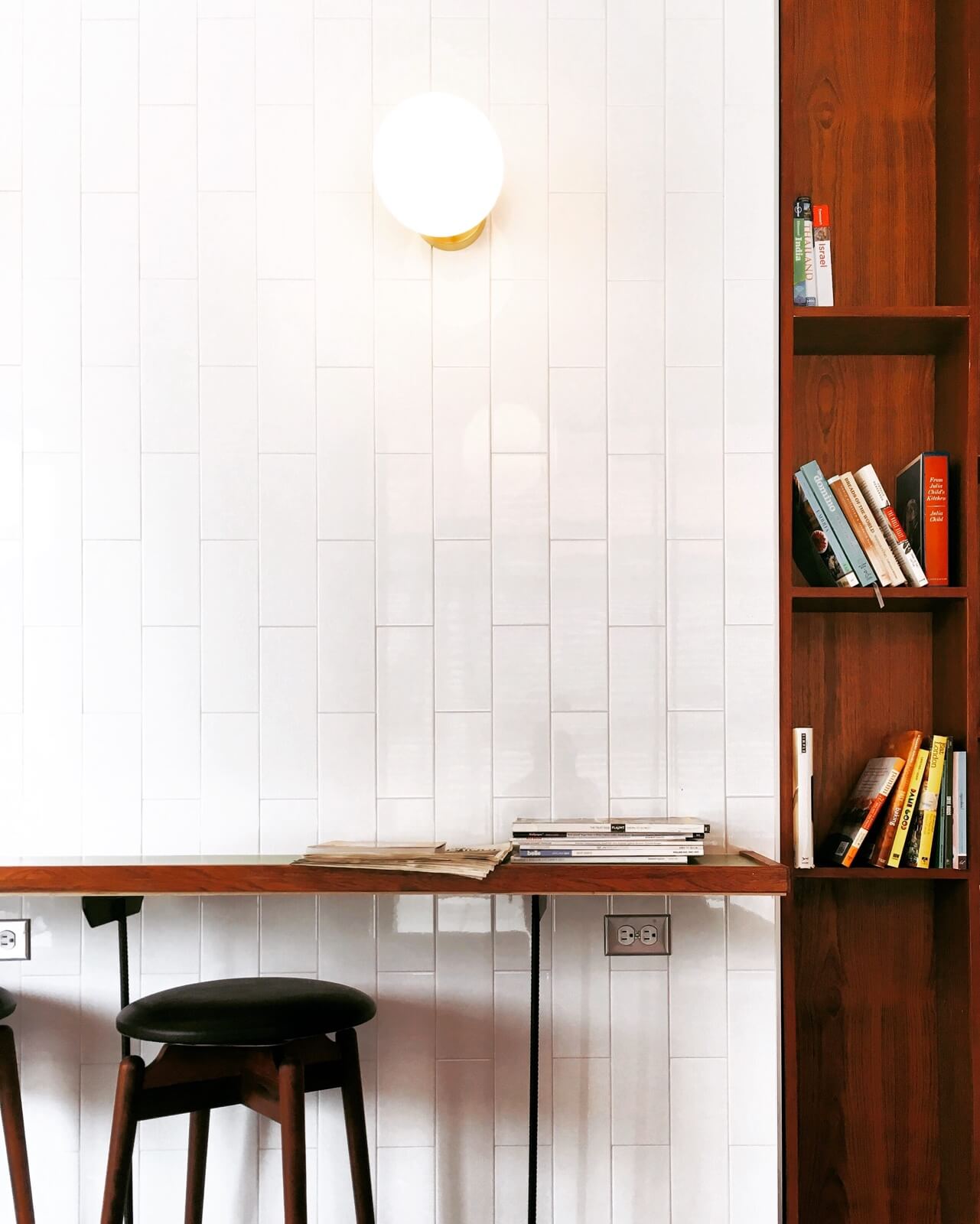Adding a background
Add a covering image background to elements by using the .imagebg class in conjunction with a child .background-image-holder element.
The background image holder uses the CSS property 'background-size: cover' to ensure that the background is fitted to the parent element without stretching or skewing the image.
<div class="imagebg">
<div class="background-image-holder">
<img alt="background" src="img/my-image.jpg" />
</div>
<div class="container">
content
</div>
</div>
Tip: Use image backgrounds in conjunction with scrims and overlays for a better text readability experience.

“Styles come and go. Good design is a language, not a style.”— Massimo Vignelli
Overlays
Overlays are useful for ensuring that text overlaying an image will remain readable.
Elements using an image background can be overlayed with a tint by adding the data attribute data-overlay="#". The strength of the tint can be controlled by assigning a number between 1 and 9 to the data attribute. 1 being a light tint, 9 being a heavy tint.
<div class="imagebg" data-overlay="5">
<div class="background-image-holder">
<img alt="background" src="img/file.jpg" />
</div>
<div class="container">
Content
</div>
</div>

Modern Aesthetic
Build a beautifully performant site with Stack's vast collection of modular elements.
Build NowScrims
Similar to overlays, scrims add a gradient tint to the bottom or top of an element to ensure that overlaying text remains readable — without tinting the entire image.
Elements using an image background can be scrimmed by adding the data attribute data-scrim-top="#" or data-scrim-bottom="#". The strength of the scrim can be controlled by assigning a number between 1 and 9 to the data attribute. 1 being a light ting, 9 being a heavy scrim.
<div class="imagebg" data-scrim-bottom="5">
<div class="background-image-holder">
<img alt="background" src="img/file.jpg" />
</div>
<div class="container">
Content
</div>
</div>

